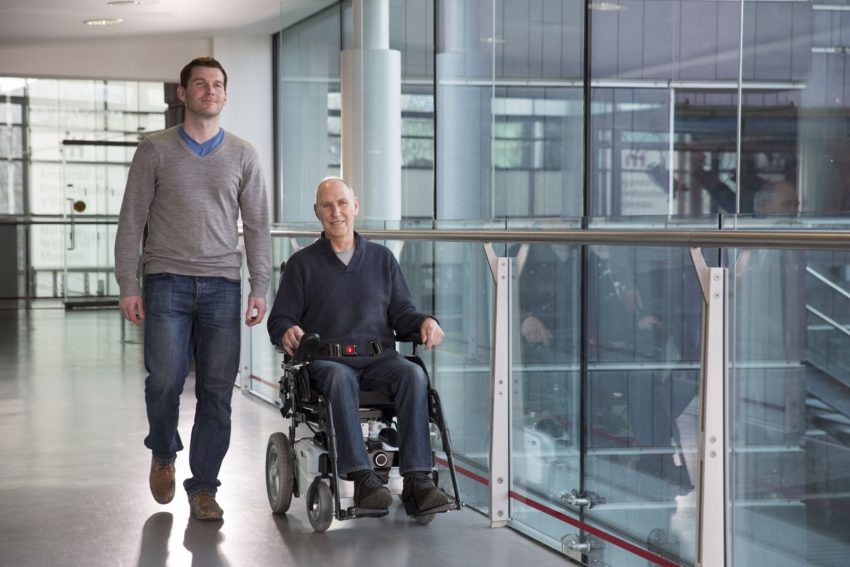When taking part in or anticipating a powered wheelchair assessment what are your expectations?
In my experience as a therapist there are a number of assessments I have read or witnessed which have focused on ensuring the wheelchair is the right size and that pressure care or postural needs are met. This is a crucial part of any wheelchair assessment but by itself does not tell me enough about the individual to know whether the recommended chair is appropriate.
All therapy led assessments should be client centered and this means finding out what is important to the client first so that recommendations can be tailored around those ideals. Without asking the right questions the recommendations are simply prescriptive and atomistic rather than holistic.
Essentially the assessor should be asking ‘why?’ and not ‘how?’ in the first instance. This allows therapist and client to set meaningful goals and make recommendations about how those goals can be achieved; in this case with a powered wheelchair.
Imagine a situation where the assessor does everything that you think they should. They take the right measurements; they find a solution for your kyphosis, suggesting postural supports; they discuss pressure care and recommend an appropriate pressure relieving cushion. Great job done!
However, the wheelchair they have recommended does not allow you to access the children’s bedroom and putting them to bed is an important part of your daily routine as well as your role of Mother or Father; the motor is not sufficient to enable you to go on journeys at the weekend with the family which involves environments of rougher terrain and potential inclement weather.
The ergonomics of the wheelchair may be perfect but it inhibits engagement in meaningful activity and therefore remains disabling.
It is critical therefore that you take control of an assessment by:
- Proactively setting goals that can be communicated to the assessor
- Make a conscious decision to determine what is important to you from the perspective of routine and activity.
- Prioritise your goals so that you know what cannot be compromised on.
- Consider current challenges to these goals so that the assessor can consider how they can be overcome.
The impact of a prescriptive and atomistic assessment is ultimately reduced quality of life, reduced choice and disempowerment.
Preparing for a powered wheelchair assessment as described allows you to be in control and supports the assessor in making client centered and holistic recommendations. This in turn empowers and enables you to use the wheelchair as it should be used, to enrich your life.
The primary goal of occupational therapy is to enable people to participate in the activities of everyday life. – an essential part of this is prescribing the right aids – not just a chair that functions but a chair that fits and enables your independence and lifestyle. Ensure therefore that the therapist completing the assessment has all of the information about your lifestyle and goals to enable them to make recommendations not based on wheelchair size alone but to ensure that this lifestyle and independence is maintained.
